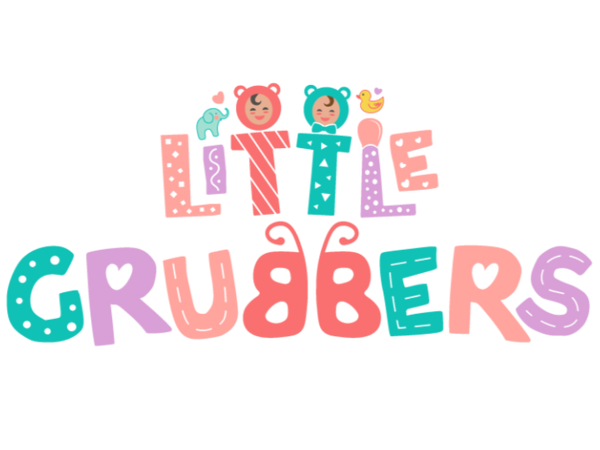Why Self-Feeding Matters
Watching your baby learn to self-feed is an exciting milestone. It’s more than just a skill—it builds their independence, improves hand-eye coordination, and encourages healthy eating habits. However, self-feeding can also be a messy, patience-testing process! With the right baby self-feeding tips and tools, you can support your little one on this journey with confidence and calmness.
When to Start Self-Feeding
Signs Your Baby Is Ready
Every baby develops at their own pace, but here are common signs to watch for:
- Sitting up without support.
- Showing interest in food by reaching or grabbing.
- Trying to bring objects to their mouth.
Tip: Most babies are ready to start exploring self-feeding around 6–8 months.

Creating a Baby-Friendly Mealtime Environment
1. Choose the Right Spot
- Use a highchair with a secure harness and adjustable height.
- Ensure your baby’s feet are supported to help with balance.
2. Offer Baby-Friendly Foods
- Begin with soft, easy-to-grab foods like banana slices, steamed carrots, or avocado cubes.
- Gradually introduce more variety to expand their palate.
3. Keep it Mess-Friendly
- Use a bib and place a mat under the highchair to make cleanup easier.

Tips for Encouraging Self-Feeding
1. Start with Finger Foods
Introduce soft, easy-to-pick-up foods that your baby can grab with their fingers. Examples include:
- Cubed sweet potatoes.
- Softly cooked peas.
- Slices of ripe peaches.
Pro Tip: Avoid offering foods that are too hard or small to reduce choking risks.
2. Introduce Baby-Safe Utensils
Once your baby is comfortable with finger foods, introduce tools like the 3-in-1 Baby Spoon™. Its ergonomic design and soft edges are perfect for little hands learning to scoop and eat.
3. Demonstrate and Encourage
Babies learn by watching! Sit down with your little one and show them how to use utensils. Cheer them on for every attempt, even if it’s messy.

Look into “The Best Feeding Tools for a Stress-Free Mealtime” for more on choosing the right utensils.
Overcoming Common Challenges
1. Messy Eaters
Mess is part of the process! Use a bib with a food catcher and clean up after meals instead of during.
2. Refusing New Foods
- Pair new foods with familiar ones.
- Offer the same food multiple times—it can take up to 10 tries before a baby accepts something new.
3. Short Attention Spans
Keep mealtimes brief (15–20 minutes) and distraction-free. Avoid toys or screens during meals to help your baby focus.

Link to “5 Feeding Time Mistakes Every Parent Should Avoid” for additional tips on minimizing stress at meals.
Tools to Make Self-Feeding Easier
The right tools can make all the difference! Here are a few essentials:
- 3-in-1 Baby Spoon™: Designed for little hands to improve feeding independence.
- Non-Slip Plates: Prevent spills and sliding during meals.
- Silicone Bibs: Easy to clean and perfect for catching spills.
Conclusion: Empower Your Baby to Thrive
Encouraging your baby to self-feed is a journey filled with patience, messes, and joy. Remember to celebrate small wins, provide the right tools, and create a supportive mealtime environment. With a little time and practice, your baby will gain the confidence and skills they need to eat independently.
Ready to make self-feeding a breeze? Explore the 3-in-1 Baby Spoon™ and other essential mealtime tools at Little Grubbers today!

